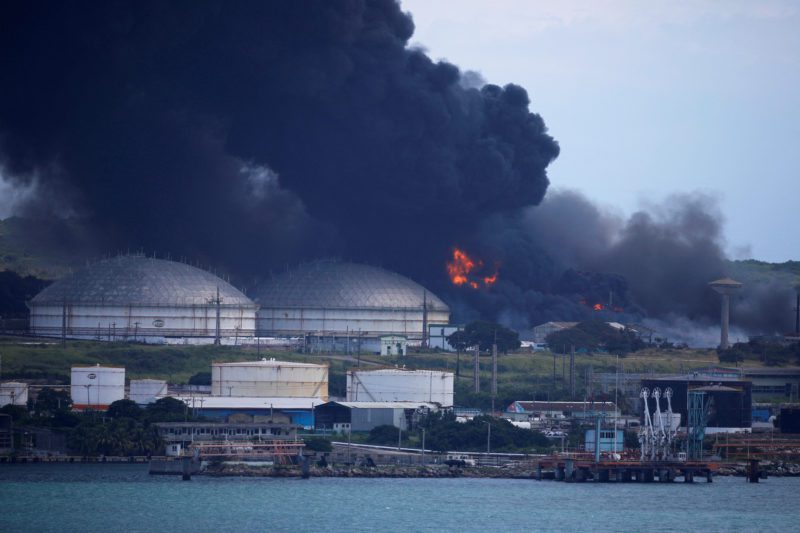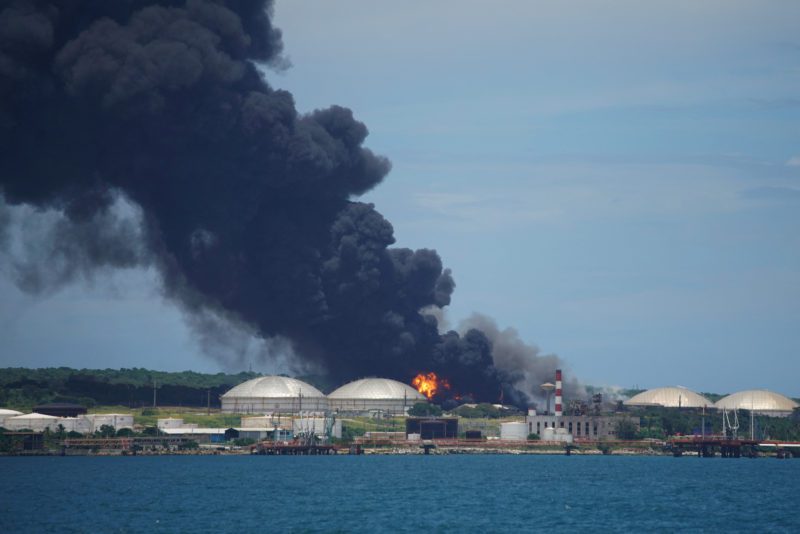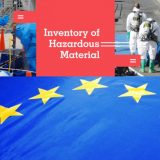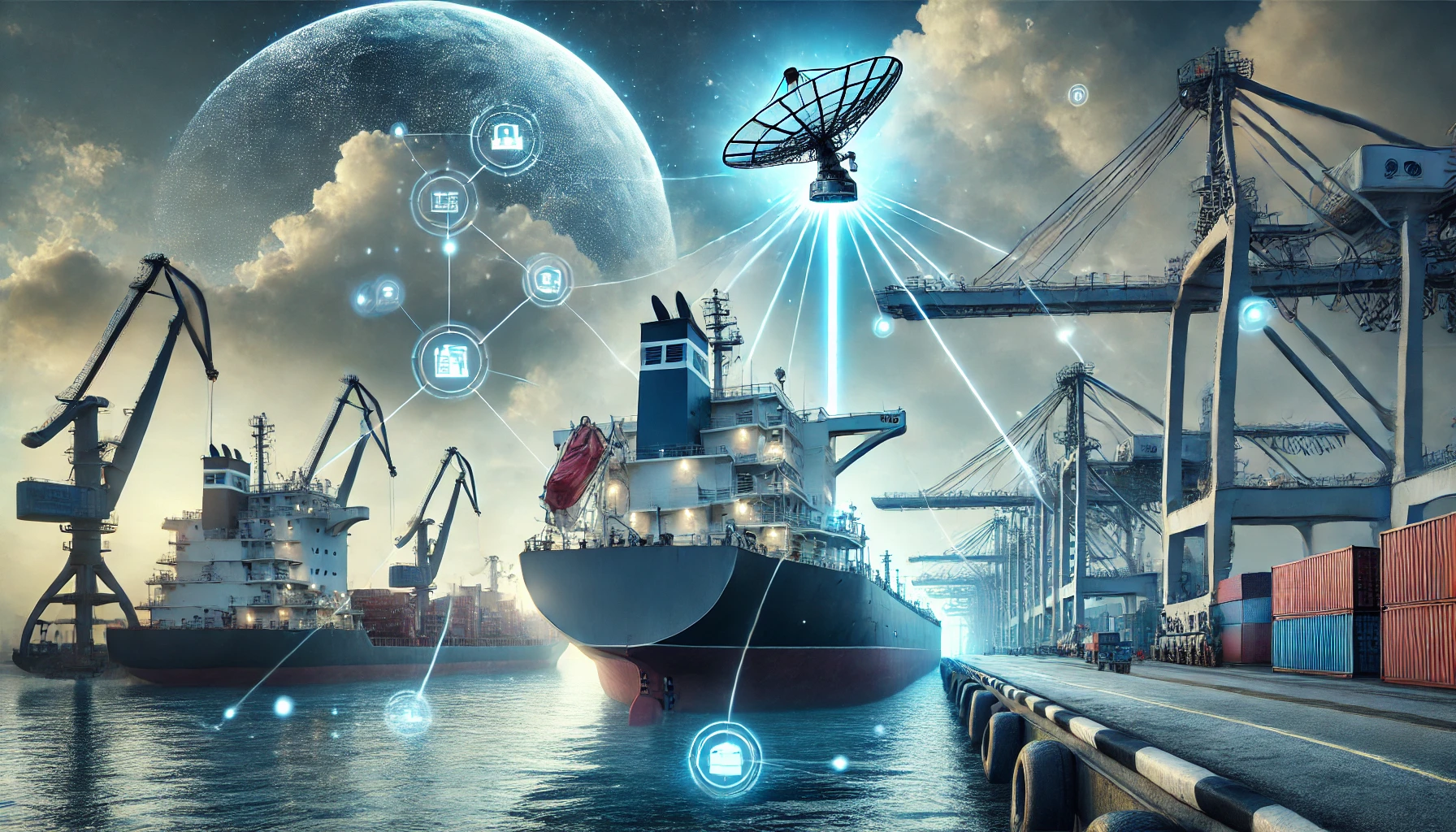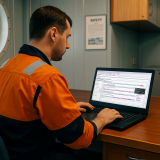For a first time ever, US naval ship Charles Drew docked at Larsen & Toubro’s shipyard at Kattupalli in Chennai on Sunday for undertaking repairs and allied services, in the first such voyage to India by an American vessel. The defence ministry described it as a “huge boost” to ‘Make in India’ and said the visit added a new dimension to the burgeoning Indo-US strategic partnership. “This is the first ever repair of a US Navy ship in India. The US Navy had awarded a contract to L&T’s Shipyard at Kattupalli for undertaking maintenance of the ship,” the ministry said in a statement. The USNS Charles Drew will be at the Kattupalli shipyard for 11 days.
In a brief interaction with reporters at the L&T’s shipyard in Chennai, Defence Secretary Ajay Kumar said the government has accorded in principle approval for design and development of high capacity diesel marine engine for naval ships. The diesel marine engines in our ships are presently imported. It is one of those items which we do not have the indigenous capability, he said answering a question.
To address this, it has been decided to develop the engine under the Make-1 procedure. Under the plan, government provides 70 percent assistance of the project cost for design and development of the engine.
The approval in principle has been given and very shortly follow-up steps would be taken to design and develop the engine. In the next 2-3 years, the big size ‘6 MW and above’ marine diesel engines used for naval ships would be designed and developed in the country, he said.
To a query, a top L&T official said that the contract for repairing the US ship has opened the doors for many more similar opportunities.
The ministry said: “The event signifies the capabilities of Indian shipyards in the global ship repairing market. Indian shipyards offer wide-ranging and cost-effective ship repair and maintenance services, using advanced maritime technology platforms”.
Ajay Kumar, Vice Chief of Naval Staff Vice Admiral SN Ghormade and other senior officials of the defence ministry visited the shipyard to welcome the vessel.
US Consul General in Chennai Judith Ravin and Defence Attach at the US Embassy at New Delhi Rear Admiral Michael Baker were also present.
Kumar described the visit by the US ship to undertake repairs as a “red-letter day” for the Indian shipbuilding industry and the Indo-US defence relationship.
“We are indeed pleased to welcome US Naval Ship USNS Charles Drew to India, for making her voyage ready. India’s initiative also assumes special significance in furthering the strategic partnership between India and the US,” he said.
“It marks the beginning of a new chapter for deeper engagements,” Kumar added.
He also called the arrival of USNS Charles Drew for repairs a sign of maturing Indian shipbuilding industry.
“Today, India has six major shipyards with a turnover of nearly USD 2 billion. We are making ships not only for our own requirements,” he said.
“We have our own design house capable of making all kinds of state-of-the-art ships. The country’s first indigenous aircraft carrier Vikrant is a shining example of the growth of the Indian shipbuilding industry,” he said.
The defence secretary said that under the new innovation ecosystem, vessels capable of undertaking autonomous missions have been built by Goa Shipyard Limited.
“The shipbuilding industry today is not just carrying out conventional things, but is also amalgamating the latest technologies with it,” he said.
The defence secretary also asserted that the ties between India and the US have been expanding in scale and scope and are based on common values and beliefs of an open, inclusive and rule-based order in the Indo-Pacific.
He added there has been a tremendous amount of traction in the defence industry cooperation over the last couple of years between the two countries.
“Indian defence exports have seen a massive increase in the last four-five years. Exports, which were worth about Rs 1,500 crore in 2015-16, have now grown by 800 per cent to around Rs 13,000 crore,” he said.
Kumar said a major destination for Indian exports is the US and hoped that defence exports will increase further in the times to come.
US Consul General in Chennai Judith Ravin said: “In April, at the US-India 2+2 Ministerial Dialogue, US Secretary of State Antony Blinken and Secretary of Defence Lloyd Austin affirmed their intention to explore utilising Indian shipyards for repairs on US Navy vessels.”
“This inaugural repair of USNS Charles Drew is a landmark development to be celebrated as a symbol of our strengthened US-India partnership,” the US diplomat said.
Source: India.com


